"One of the things our grandchildren will find quaintest about us is that we distinguish the digital from the real." - William Gibson
The Metaverse will be a place that billions will use and spend majority of their time within and thus requires ethical considerations to the many technological layers compromising its infrastructure. Who is in control of the data? The current web is utterly broken -- the current model is riddled with holes and layers of ownership with choke points that allow for surveillance and exploitation at a massive scale. The plan to make the web great again is to decentralize everything and build a web of trust using P2P technology. Lets look at the current model and begin at the physical layer of the Internet; the undersea pipes that connect our world together.
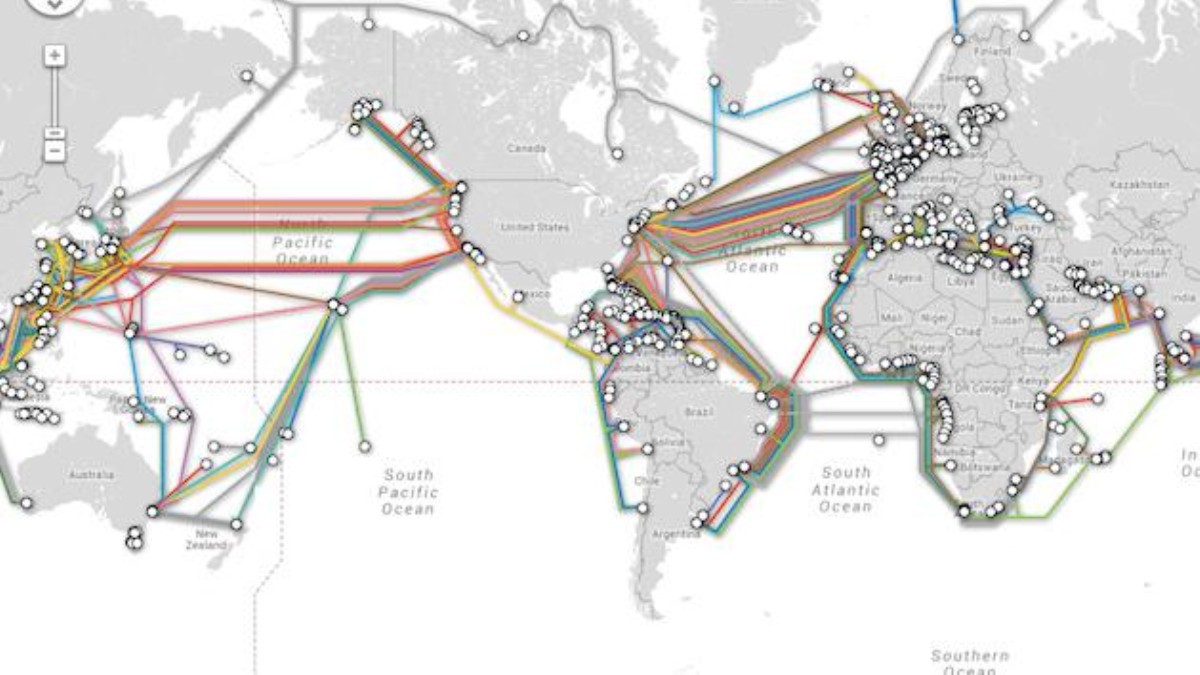
This graphic represents the collection points where data gets split between the original destination and the surveillance machine. We're already owned just by using the Internet.
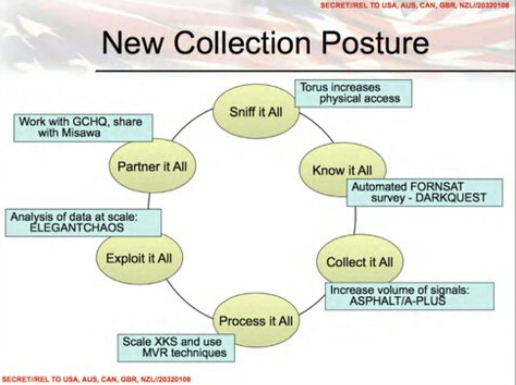
Never before has one side known so much about us and so very little known about them. Thanks to Snowden, we have seen the shape of what lies on the other side of the one way mirror.
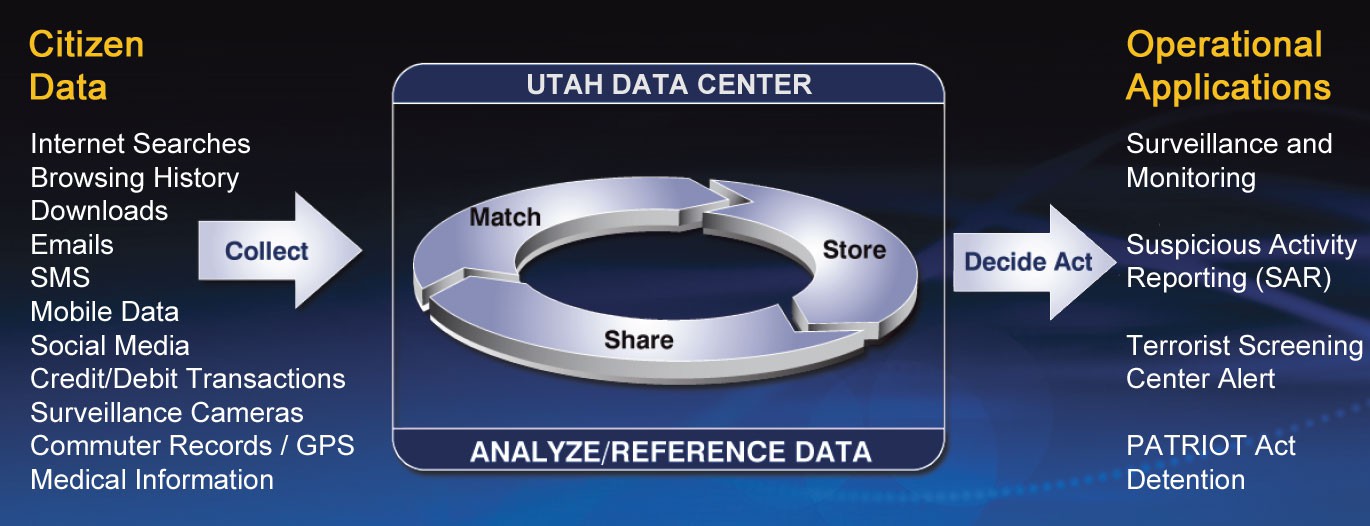
The size and value of this data will continue to grow exponentially as will our reliance on such technologies for the conveniences they bring. All of the world's data was generated in the past 12 months.
Ownership of that data within the information age is complicated,
between the many layers that connect our world together we are tied to
our feudal lords that lay the pipes and provide the services and they
are the ones that monetize our data the most.
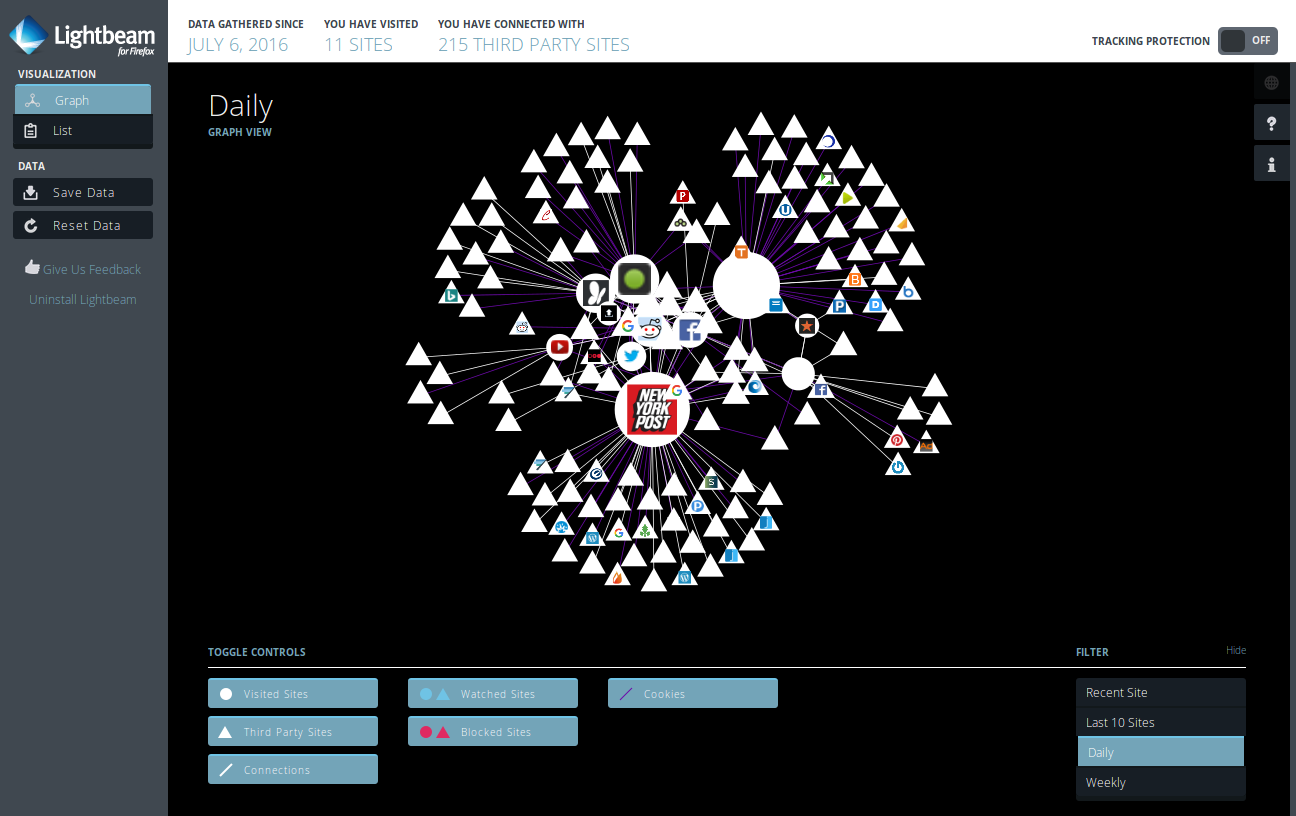
Lightbeam is a Firefox add-on that enables you to see the sites you visit and third party sites you interact with on the Web. Browsing Reddit for 5 minutes, I visited 11 sites and had 215 third party sites tracking me. Could you imagine the amount of data that is being gathered weekly? Multiply that a million times over and you'll begin to understand of how much data is being collected, stored, analyzed by these huge companies -- some of which you certainly have never heard of.
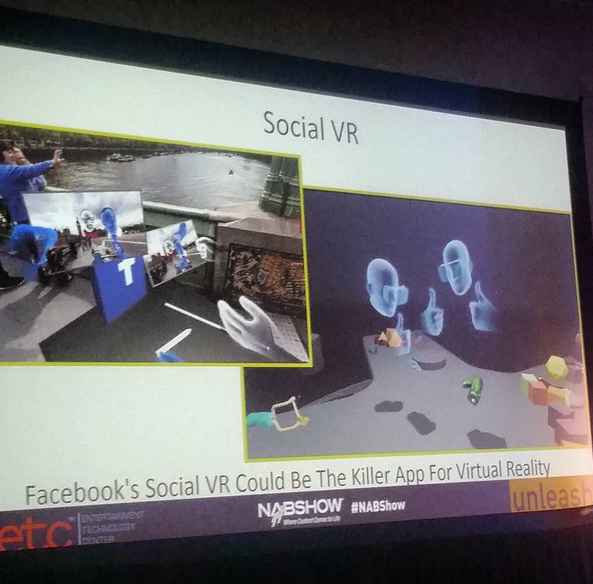
A heavy amount of tracking information is necessary in VR in order to create the illusion of presence. It should be well considered with whom you let inside your mind. Information doesn't always flow both ways. With the advent of any new technology, there seeks those who wish to control it. We have seen this before as the media giants lobby new bills in attempts to tighten their grip on the flow of information across the internet.The basis of the advertising model is control; to understand and influence behavior is at its core.
Jared Lanier, VR's father is deeply worried about how both the market for VR and the technology are
developing. In particular he’s concerned about how virtual reality
technology will put even more power in the hands of a very small number
of already powerful companies.
http://www.siliconbeat.com/2016/05/24/wolverton-vrs-father-worried-about-technologys-future/
The inventors of the Internet and the World Wide Web are also concerned about the imbalance and have recently gathered at the Internet Archive in SF to hold the first summit dedicated to discussing ways to decentralize the web using peer-to-peer technology. Of course I was there, absorbing the information and brainstorming solutions that will be future compatible for our mediated reality future.
Building Blocks for a Decentralized Web 3.0
We live in exponential times and things are certainly changing. We now have computers that are a thousand times faster in our pockets and Javascript that allows us to run sophisticated code in the browser. Cryptography and public key encryption systems were once illegal in the early 90s but is now being used for authentication and privacy, enabling communications and transactions to be made safe in transit.
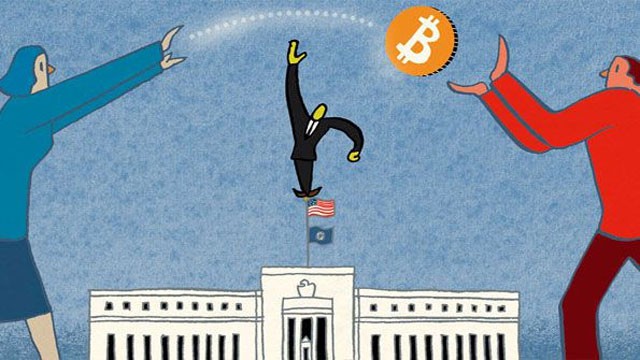
Finally, blockchain technology has proven that we can build a global database with no central point of control.
http://www.wired.com/2016/06/inventors-internet-trying-build-truly-permanent-web/
https://bitcoinmagazine.com/articles/decentralized-web-initiative-aims-to-reinvent-web-with-peer-to-peer-and-blockchain-technology-1465574954
http://www.nytimes.com/2016/06/08/technology/the-webs-creator-looks-to-reinvent-it.html?_r=0
A few interesting properties of this new web architecture shares much in common with desired features within the metaverse. Some of these features include:
- Privacy so that no one can track what you're reading.
- Decentralized authentication system without centralized usernames and passwords.
- The 'Web should have a memory'. We would like to build in a form of versioning, so the Web is archived through time. The Web would no longer exist in a land of the perpetual present.
- Instead of one Web server per website, we would have many. The more people or organizations that are involved in the decentralized Web, the more redundant, safe, and fast it will become.
- Adding redundancy based on decentralized copies, storing versions, and a payment system could reinforce the reliability and longevity of a new Web infrastructure.
- Easy mechanisms for readers to pay writers could also evolve richer business models than the current advertising and large-scale e-commerce systems.
Towards a P2P Metaverse
Alice
and Bob are neighbors and want to talk to each other. With today's
infrastructure, they pay premiums to giant media companies to talk to
each other. Alice and Bob's personal information pass through the hands
of dozens of companies so that they can talk to each other, even though
they are neighbors. Their business model depends on owning the keys to
the internet. These media companies come from the old world and have
lobbied extensively to undermine the openness of the web for their own
gain or perhaps survival [SOPA, PIPA, ACTA, CISPA, CISA, TPP, TTIP, TISA].
Companies like Comcast, Time Warner, and Optimum receive lower ratings than utility companies, airlines, and even health insurance companies.
American Consumer Satisfaction Index (2015)
Community Wi-Fi
After extensive research and testing, I believe that the long term solution for regaining our sovereignty is to reduce our reliance of the grid by harnessing the power of our own devices and via peer-to-peer connections to support each other in building mesh-nets in our cities. A mesh network consists of Wi-Fi router "nodes" spread throughout the city. The network has no central server and no single internet service provider. All nodes cooperate in the distribution of data, serving as a stand-alone network in case of emergencies. These networks allow you to split your Internet bill with your neighbor, give you service when there is no Internet, connects you with the network of local websites. By passing information from computer to computer through the network, there’s a lower chance that a third party can gain power and control over the Internet — or spy on information as it travels. One snag is that you can't use popular websites or services like Gmail or Facebook without leaving the mesh.
90% of our online communications happen in small geographic areas. Even though we are connected globally, we still mostly talk to our neighbors.
Sobolevsky, et al MIT (2013)
12 Reasons for Building a Mesh-Network:
- Self configuring (simple!)
- Emergency community networking (for next hurricane)
- Freedom from the telecoms oligopoly of Time Warner, Verizon, Comcast
- A neutral network that does not block or discriminate content
- Encryption to stop spying and censorship
- Public Wi-Fi access points
- Decentralized, no single point of failure
- Community building with highly localized websites
- Close the digital divide
- Potentially higher symmetrical bandwidth than provided by the oligopoly
- Creating an infrastructure commons. The community owns the network.
- Eventual self-sufficient network as alternative to Internet
Mesh networks have the power to do to Internet Service Providers what Bitcoin is doing to banks.
Some might find it daunting that we would need to rebuild parts from scratch but it doesn't mean that we should have to do it in the same format. I think the next wave will borrow inspiration from Rainbow's End by Verner Vinge where it describes a world in circa 2025: people use high-tech contact lenses to interface with computers in their clothes and "silent messaging" is so automatic that it feels like telepathy. Places can be shabby dumps in reality but to those that are 'wearing' can make it appear as any fantastic vision overlaying the real world.
Growing Off-Grid Networks
These networks can build a free, resilient, stand-alone communication system for both daily use and emergencies -- be it power outages or Internet disruption. The networks also help the community with hyper-local maps and events.
One really cool project that offers a vision into this future is the Perceptoscope. It engages people with places through the deployment of mixed reality binocular viewers using the latest in open web technology such as WebVR and Node.js. As mixed reality matures, we'll move beyond tethered headsets and towards HMD's that fit like sunglasses presenting a digital overlay of the real world. With AVALON, people will be enabled to form digital communities and bring their art into the streets via radio in the form of wireless dead drops and nodes within a larger network.
Mesh networks are proving to be scalable. As the network grows, it is possible to become a major ISP with the difference being that it is owned instead by the community instead of a giant profit seeking corporation. Everyone owns their own router and it is completely decentralized. Majority of devices can act as a node and there is currently work being done to build a CJDNS android and IOS client next. The Guifi mesh network in Spain now has nearly 32,000 working nodes and is adding more every day. The Guifi mesh-net is at a scale where they are using a lot of fiber to join. NYC Mesh has 40 active nodes and is currently growing at about one or two nodes per week. On any given day, Red Hook Wi-Fi has about 500 users. The $22 dollar mesh routers are becoming popular, one apartment building has four installed which gives the whole building mesh access to the wired. Just imagine what the same amount of money will afford 5 years from now -- the same routers can still provide redundancy and backup networks but new wireless technology coming out in the next 3-5 years will be thousands of times more efficient with extreme speeds possible.
Just last month (July 2016) I successfully tested a $8 node supporting 7 simultaneous users inside an off-grid social VR space. Users connected to the network were free to communicate, share files, wear avatars, explore portals, and upload their own files into the node. Imagine the possibilities given an active community and a persistence server that would track changes made to the world and save them for next time you sign in. For more info look here:
https://hackaday.io/project/11279-avalon/log/42027-off-the-grid
https://hackaday.io/project/11279-avalon (Virtual Private Island)

Special thanks to NYC/Toronto Mesh Group: https://nycmesh.net/
 alusion
alusion
Discussions
Become a Hackaday.io Member
Create an account to leave a comment. Already have an account? Log In.
Next level shit going on right here
Are you sure? yes | no